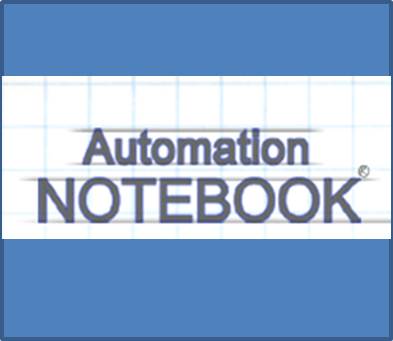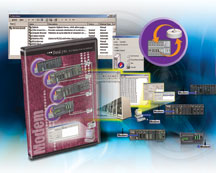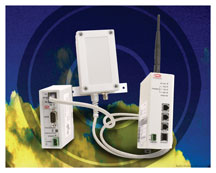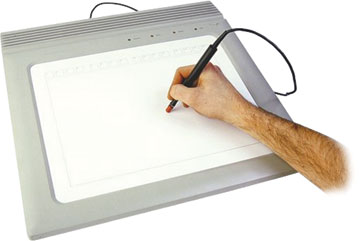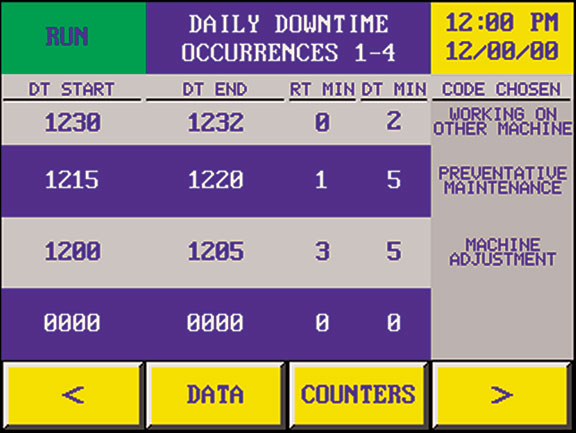ApplicationAutomation NotebookBusiness NotesIssue 3 – 2005Learning ResourcesManufacturingNotebook Issue
Business Notes – Issue 3, 2005
2005 Manufacturing Sector Outlook According to its press release in November, the Manufacturers Alliance/MAPI (www.mapi.net) projects solid growth in the next two years for the U.S. economy and expects the manufacturing sector to continue to outpace the overall economy. But the pace of growth is likely to decelerate, in relation to 2004, at least in…


